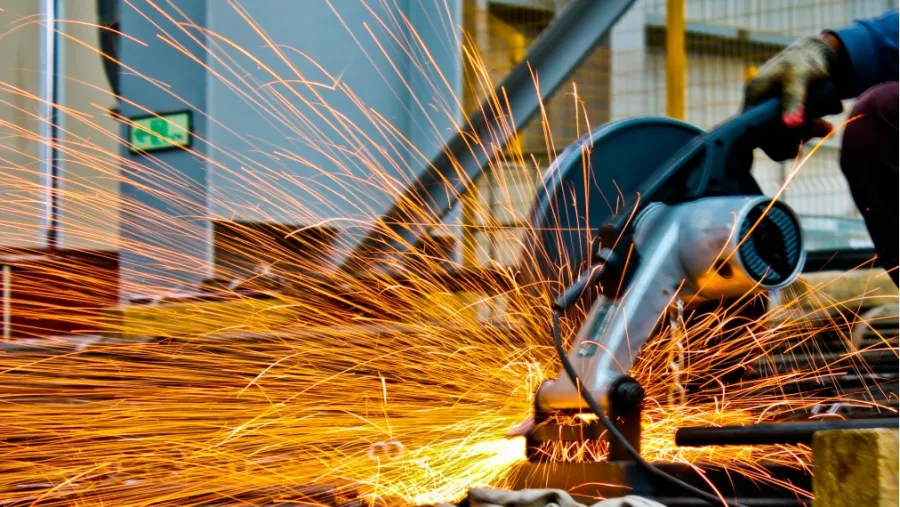
Philippines manufacturing slows in May
PMI tumbles to near-stagnation levels.
The Philippines' manufacturing sector expanded but at a slower pace in May, with growth momentum stalling after a promising start to the second quarter as production contracted and export demand weakened.
The S&P Global Philippines Manufacturing PMI declined to 50.1 in May from 53.0 in April, signalling a broad stagnation in operating conditions and marking a notable setback following April's solid revival in the sector's health.
Production dips into contraction territory
Filipino manufacturers experienced a fresh decline in output during May, marking the second contraction in the last three months. Companies attributed the marginal downturn to softer demand conditions weighing on production requirements.
New orders continued to rise but at a much slower pace than in April, with the rate of expansion described as slight. The situation was further complicated by renewed challenges in international markets, where new export orders fell more sharply than in recent months.
"The promising growth observed at the beginning of the second quarter signalled a notable cooling in May, according to the latest PMI data," said Maryam Baluch, Economist at S&P Global Market Intelligence. "While new orders continued to increase, they did so at a slower pace, overshadowed by contractions in other areas."
Employment decline accelerates
The manufacturing sector recorded its first decline in workforce numbers in four months, with the rate of job shedding being the strongest in 11 months, albeit still modest overall. Survey respondents linked the downturn to voluntary resignations and companies' decisions not to replace departing workers.
Limited manpower also contributed to a renewed build-up of backlogs across goods producers, though the rate of accumulation remained modest. The employment challenges reflect broader uncertainty about future production requirements amongst manufacturers.
Supply Chain Pressures Mount
Input buying activity continued to expand but at the weakest rate in the current 18-month sequence of growth, reflecting the slowdown in new order momentum. Manufacturers faced longer lead times for receiving essential materials and supplies, which complicated efforts to replenish stock levels.
Despite sustained purchasing activity, stocks of inputs were depleted for the first time in three months. Companies also recorded a fresh reduction in holdings of finished goods, as sustained growth in new orders led firms to utilise inventories to meet demand requirements.
Export Challenges Intensify
The deterioration in overseas demand presented particular challenges for Filipino manufacturers. May witnessed a sharper drop in new export orders following broadly steady export sales in March and April. The rate of contraction was fractional but represented the strongest decline since November 2024.
"The situation was further exacerbated by a deteriorating demand from foreign markets," Baluch noted. "As global trade tensions escalate, the outlook for overseas demand appears increasingly precarious."
Inflation Remains Subdued Despite Uptick
On a more positive note, inflationary pressures remained historically weak across the sector, despite showing signs of slight intensification. Cost burdens and output charges increased to the strongest extent since January, but the pace of inflation remained relatively modest overall.
"Inflationary pressures remain modest and historically subdued, which could play an important role in supporting demand moving forward," Baluch observed. "The stability of price pressures may also provide a necessary buffer against the challenges posed by a cooldown in new orders and external market uncertainties."
Confidence remains near historic Lows
Looking ahead, hopes that new orders will continue to rise supported confidence in the year-ahead outlook for production. However, despite strengthening over the month, the level of sentiment remained the third-weakest in the series history, with only optimism registered in March 2020 and April 2025 being more subdued.
The survey data, collected between 12-22 May 2025, highlights the fragility of the Philippines' manufacturing recovery as global economic uncertainties continue to weigh on the sector's prospects. The sharp reversal from April's solid performance underscores the challenges facing manufacturers as they navigate an increasingly complex international trade environment.


















